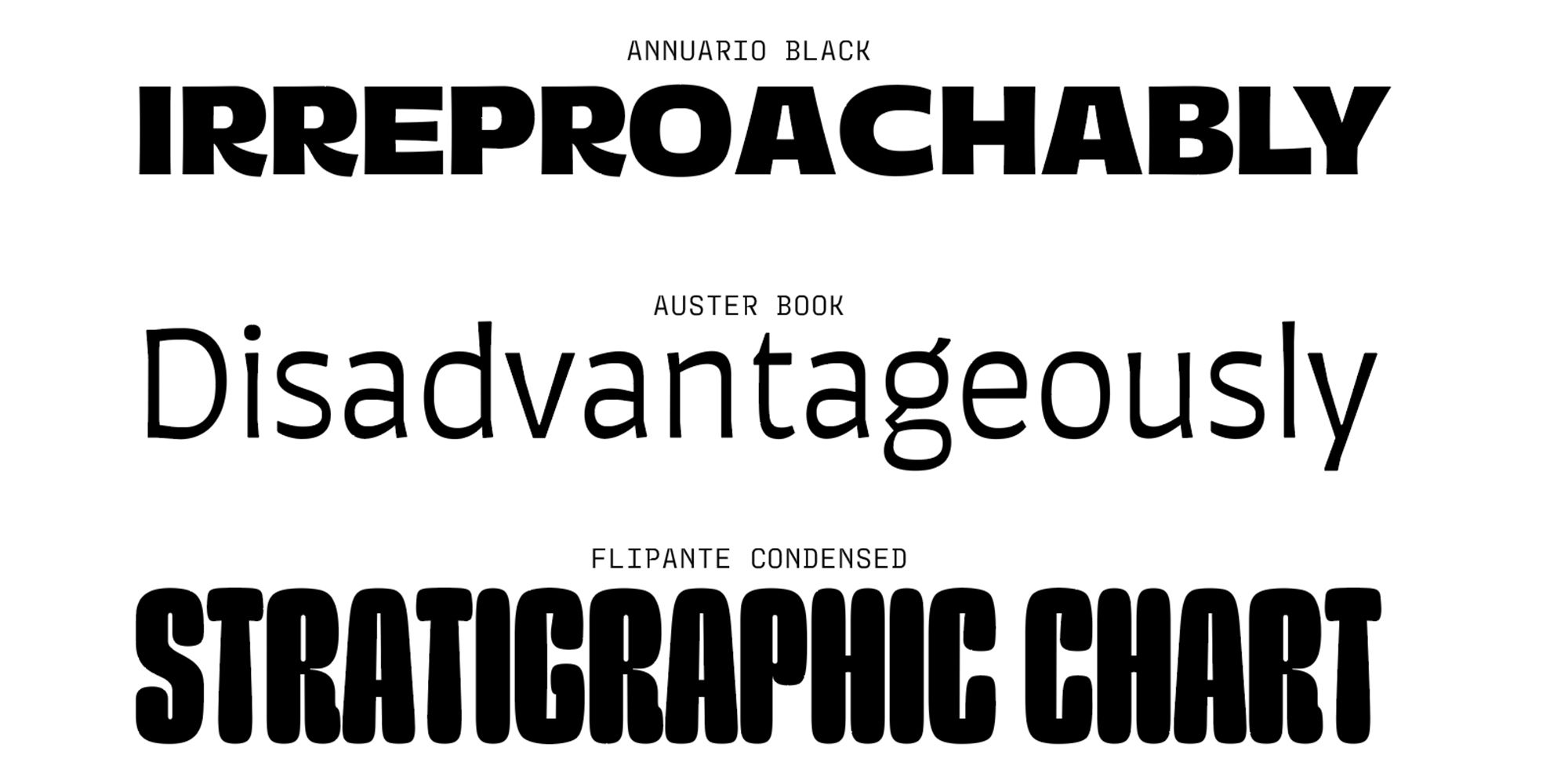A Guide to Typographic Discipline for Stronger Branding
In branding, consistency beats variety. While it’s tempting to choose new fonts for every new campaign or platform, strong brands know that typographic restraint is what builds real recognition. In an increasingly noisy world, fewer fonts = stronger voice.
So… how many fonts should you really be using? The short answer: probably fewer than you think.
Why the Number of Fonts Matters
Every font has its own:
- Tone of voice (elegant, bold, quirky)
- Structure (x-height, weight, width)
- Texture (smooth vs sharp, clean vs expressive)
When you mix too many, you’re mixing metaphors—visually and emotionally.
A study by MIT found that consistent typography improves user confidence and comprehension by over 30%.
Great branding is about clarity. Your typography should work like a rhythm section in music: setting the tone, guiding attention, and staying tight across all brand moments.
Your Brand’s Font System: What You Actually Need
1. Primary Typeface
This is the “voice” of your brand. It should reflect your tone and be versatile enough for big titles and display use.
Examples:
- Modern tech brand? Use something like Space Grotesk, GT America, or Neue Haas Grotesk
- Editorial or heritage brand? Use Tiempos, Noe Display, or Garamond variants
2. Secondary Typeface (Optional, but Common)
Used for body text, captions, UI components. It must be legible, perform well on screens, and not compete for attention.
Examples:
- Pair Playfair Display with Source Sans Pro
- Pair Recoleta with Work Sans
- Pair Bodoni with Open Sans
Use it when your primary typeface is too expressive or fragile for small sizes or long texts.
3. Accent Typeface (Use Sparingly)
This is optional. Think of it like a spice—use it in callouts, quotes, or special moments.
- Display script?
- Monospaced for code?
- Grotesque for labels?
But never use this third font unless you’ve defined strict boundaries for where and how it’s used.
Instead of More Fonts, Use More Style
If you need more contrast or expression, you don’t necessarily need a new font—you may just need:
- Different weights (Light, Regular, Bold)
- Italics or Small Caps
- Tracking/letterspacing
- All-caps vs Sentence case
One versatile font family (e.g. Inter, Plex, Tiempos, or a Variable Font) can give you dozens of usable styles within a single consistent voice.
Variable Fonts: The Future of "One Font Does It All"
Variable fonts are like typographic toolkits packed into one file. You can animate width, weight, slant, or optical size—without switching families.
Why it matters for branding:
- Keeps consistency across sizes & formats
- Reduces load time on websites
- Supports accessibility and responsiveness
- Offers expressive range with structural unity
Brands like Duolingo, Figma, and Adobe already use variable fonts in their brand systems.
Typography as the Foundation of Identity
Imagine your brand as a building. Fonts are the material—they should look good, hold everything together, and last. If you keep changing your building blocks, the whole thing becomes unstable.
The strongest brands don’t just choose beautiful fonts—they choose a reliable, repeatable system and use it consistently across:
- Website & mobile UI
- Social media graphics
- Email templates
- Pitch decks
- Packaging
- Ads & out-of-home displays
Fonts are not decoration. They’re infrastructure.
Real-World Font Systems: Who’s Doing It Right?
- Spotify: Circular (single font) – Expressive, legible, warm, unified across platforms
- Figma: Inter (single font) – Modern and highly flexible, perfect for UI
- Dropbox: Sharp Grotesk + Atlas – Structured modernism with subtle contrast
- Stripe: GT Walsheim + Roboto – Friendly primary with a neutral fallback
Notice how all of these brands use either 1 or 2 fonts, consistently—and they never feel boring. They feel branded.
When Might You Need 3 Fonts?
Here are a few rare but valid use cases:
- Publishing: Editorial layouts often benefit from 3 roles—headline, body, and accent/quote.
- E-commerce platforms: Need separate styles for UI labels, product names, and functional content.
- Complex UI systems: A monospaced font for code, a grotesque for UI, and a display type for marketing.
Even in these cases: 3 is the hard cap. If you’re reaching for a 4th, it’s time to simplify.
Fonts Are Your Voice—Don’t Shout
Using more fonts doesn’t make you look more creative. It makes you look unsure.
Choose:
- One font that speaks boldly
- One that supports with clarity
- And if needed, one that adds subtle distinction
Then stick to them like your brand depends on it—because it does.
Want a flexible but focused font system for your brand?
We can help you pick a high-impact pair—or create a custom variable font that’s designed to flex across every use case.
Browse the Resistenza Font Library or contact us for a tailored type consultation.
